Optimal Seasons for Tuckpointing Work
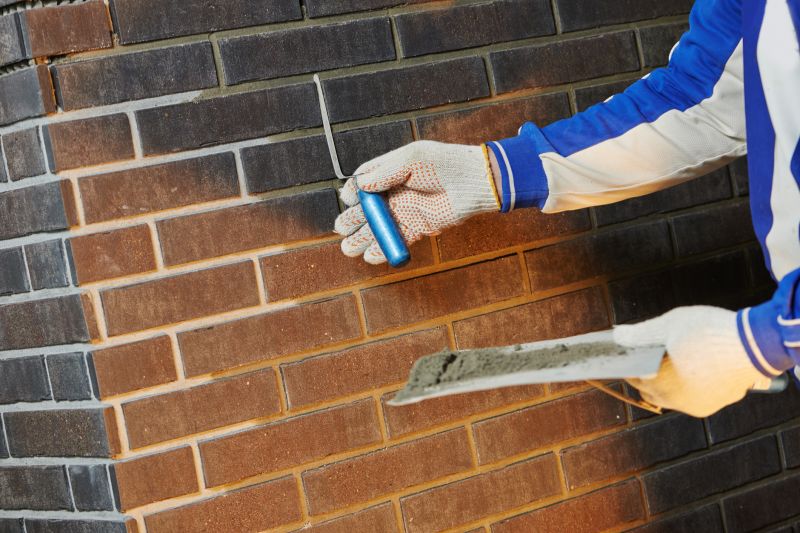
Spring offers moderate temperatures and low humidity, ideal for tuckpointing projects.
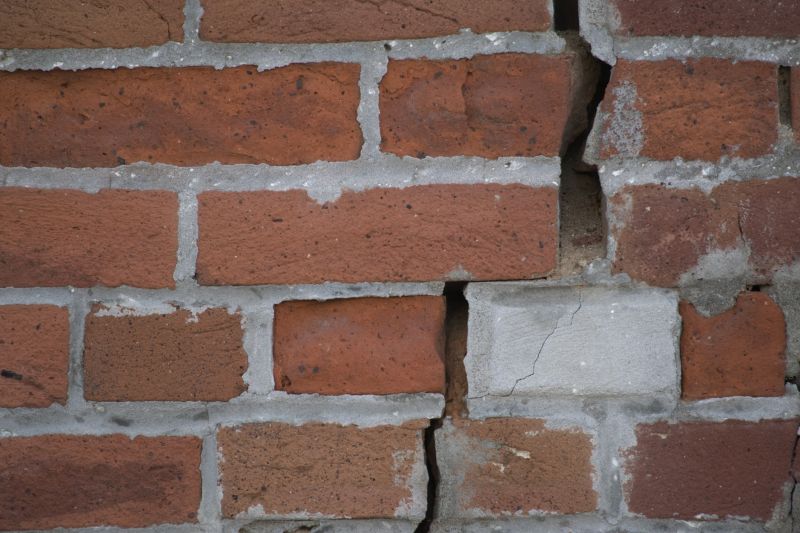
Summer's warm weather can facilitate proper curing, but extreme heat may require scheduling adjustments.
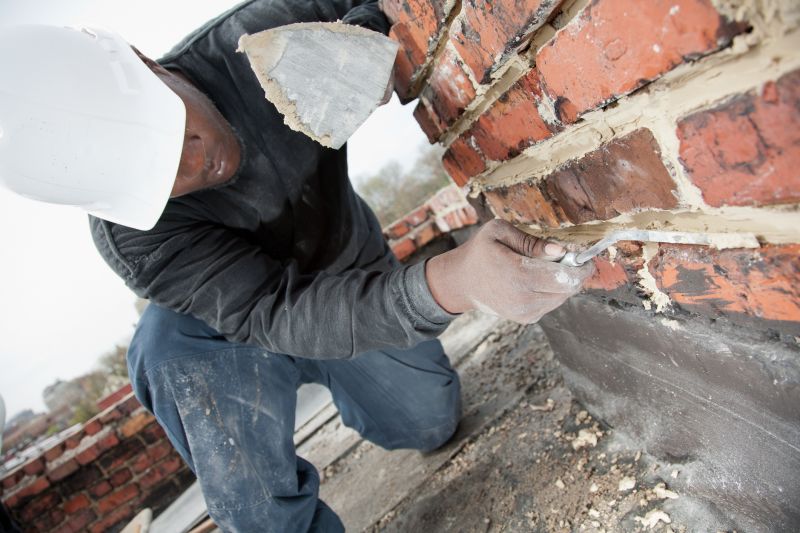
Fall provides cooler conditions with less rain, making it suitable for tuckpointing work.
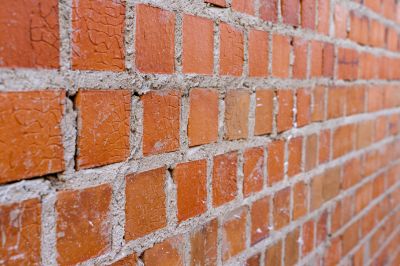
Ways to make Tuckpointings work in tight or awkward layouts.
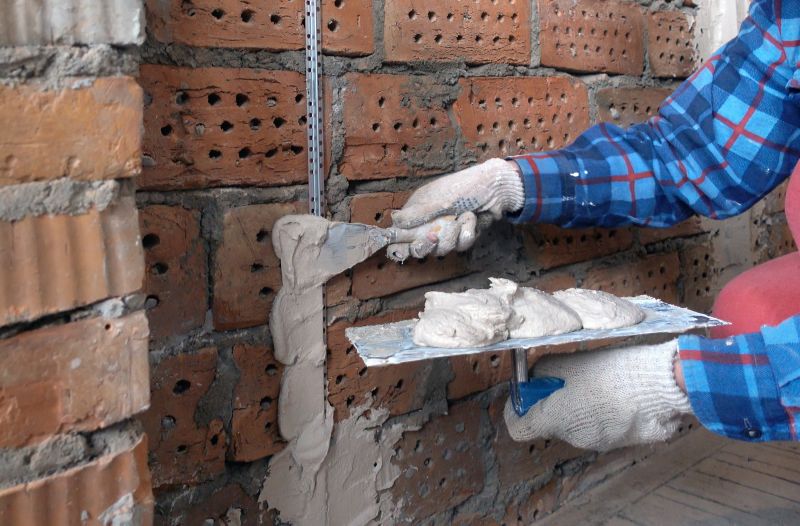
Popular materials for Tuckpointings and why they hold up over time.
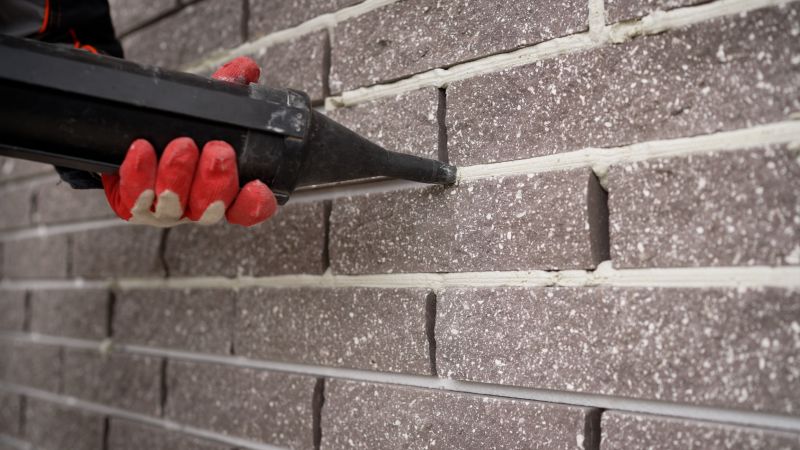
Simple add-ons that improve Tuckpointings without blowing the budget.
Tuckpointing involves repairing and restoring mortar joints in brick or stone structures. Proper timing ensures optimal results and longevity. Weather conditions significantly influence the success of tuckpointing projects, affecting mortar adhesion and curing. Selecting the right season minimizes the risk of moisture-related issues and ensures the durability of the repair.
Optimal temperatures and low humidity promote effective mortar curing and adhesion.
Warm weather accelerates curing, but excessive heat requires scheduling during cooler parts of the day.
Cooler temperatures and reduced rain make fall a preferred season for exterior tuckpointing.
Cold temperatures and moisture can hinder mortar setting; specialized techniques are needed.
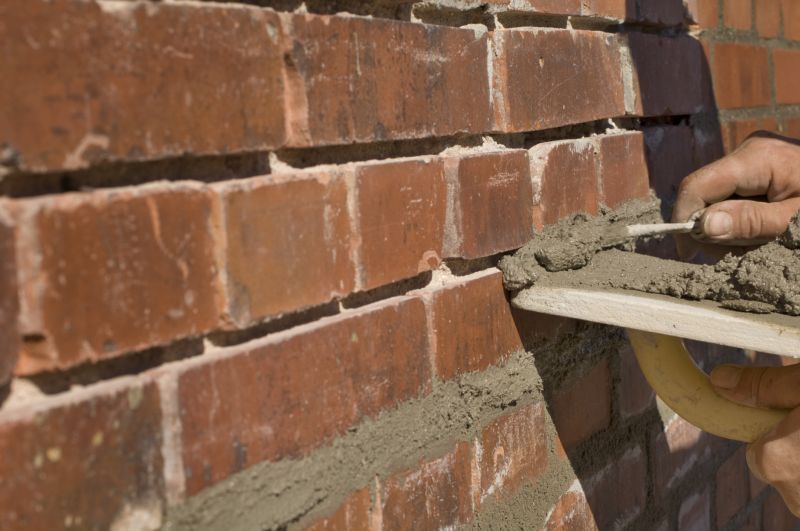
A worker carefully removes old mortar and applies new mortar for a seamless finish.

Completed tuckpointing restores structural integrity and aesthetic appeal.

Use of appropriate mortar formulations enhances durability in varying weather conditions.
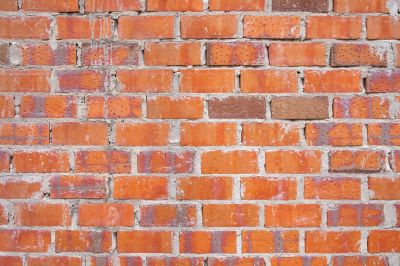
Scheduling projects during suitable seasons ensures optimal results and longevity.
| Season | Ideal Conditions |
|---|---|
| Spring | Moderate temperatures, low humidity, minimal rain |
| Summer | Warm weather, early morning or late afternoon scheduling |
| Fall | Cool temperatures, dry weather |
| Winter | Cold temperatures, potential for frost, specialized techniques |
| Year-round considerations | Weather forecasts and mortar curing times |
Understanding the seasonal factors affecting tuckpointing can help determine the best time for a project. Proper planning around weather conditions reduces the risk of mortar failure and ensures a durable repair. Consulting with experienced professionals can provide guidance tailored to local climate patterns.
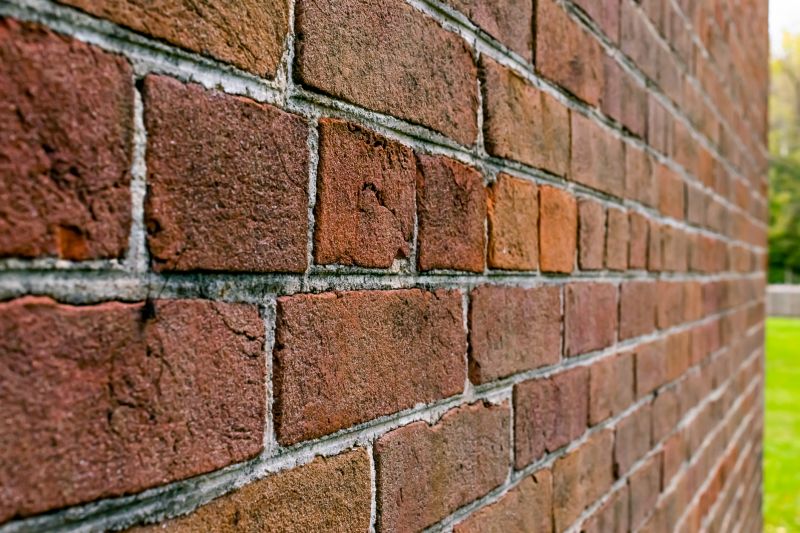
A technician meticulously restores mortar joints during optimal weather conditions.

Applying mortar in suitable weather prevents cracking and ensures adhesion.
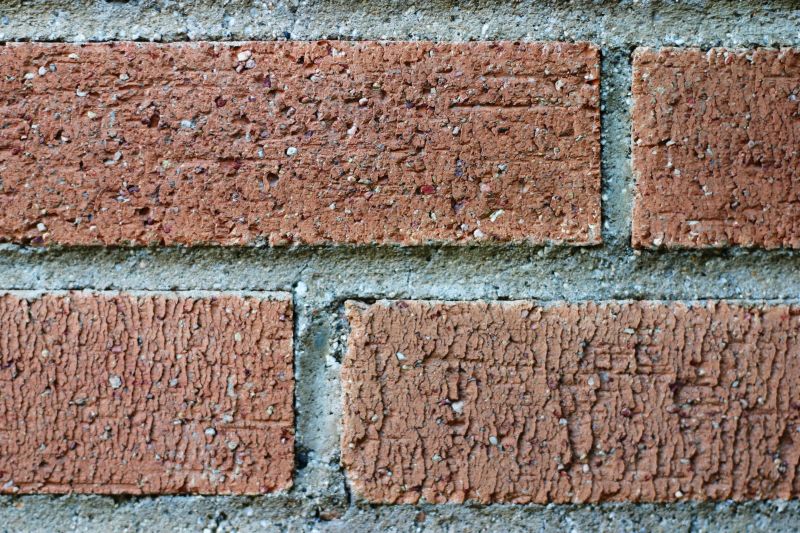
Properly timed tuckpointing enhances the longevity of masonry structures.
For those considering tuckpointing, scheduling during favorable seasons can significantly impact the durability and appearance of the repair. It is advisable to avoid extreme weather conditions such as freezing temperatures or heavy rain, which can compromise mortar performance.
Interested in tuckpointing services? Fill out the contact form to discuss scheduling options and ensure optimal results for masonry restoration projects.
